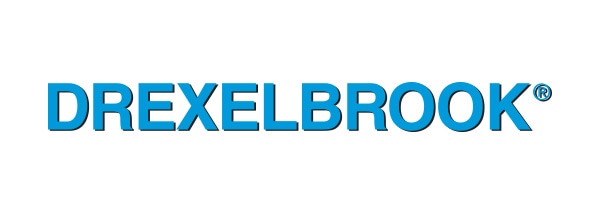Two measurements are available when utilizing RF probes to investigate levels of beer foam.
.jpg)
These are:
- The level of the entire beer liquid/foam height
- The level of the beer liquid whilst ignoring the foam phase
The main factor in either of these measurements is the conductivity of that particular phase. All of the beer and wort tested by Drexelbrook over the last 20 years has been in the region of 1,000 micro mhos/cm.
Large quantities of gas foam can reduce conductivity by a great deal, reducing this to between 20 and 50 micro mhos/cm. Electrical differentiation can be made due to this substantial reduction in conductivity.
RF level transmitters function using a small, radio frequency voltage that operates between the wall of the tank (ground) and an insulated metal rod. As current flows from the rod to the tank wall, this becomes a signal that is used to calculate the measurement.
The amount of current is determined by the number of feet of probe that are covered, and the impedance encountered between the probe rod and the wall of the tank. Here, impedance is comprised of the probe’s insulation and the resistance of the liquid present in the tank.
Should the probe insulation have a high impedance in relation to the liquid’s resistance, this resistance can vary greatly without having any effect on the instrument calibration or the RF current. This condition – known as saturation – is important because regardless of how much the conductivity increases and resistance decreases, no further RF current can flow. RF current in this instance is limited by the insulation of the probe.
The liquid forms a ‘short circuit’ between the probe insulation and the wall of the tank, and the RF current will increase the same amount for each foot of insulation that the liquid ‘shorts’ to the tank wall. As this increase produces a linear increase in the RF current, and in turn the instrument’s output, this allows the increasing level to be measured.
Saturation
Saturation is a condition where RF current from a probe-to-ground is dictated by the impedance of the probe insulation alone. Here, an increase in conductivity in the saturating medium – even to infinity – will fail to cause a noticeable change in either the current or the transmitter output.
Drexelbrook is able to adjust the conductivity at which this saturation will take place. It can do this over a considerable range by adjusting the impedance of the probe insulation, which is made possible by altering the insulation capacitance (either composition or thickness) or the frequency of the RF voltage.
In practical terms, the conductivity that the probe will saturate at can range between 1.0 and 1,500 micro mhos/cm, though there are currently no limits in theory. To ‘saturate’ with a low conductivity material like beer foam, the insulation impedance must be increased using a lower frequency and thicker insulation. By doing this, the instrument can produce an output which represents the total feet of beer and also foam on the probe.
In order to ignore the foam and just measure the liquid, the highest frequency and the thinnest insulation must be utilized in order to let the liquid saturate the probe. Here, the high resistance of the foam will block the majority of the RF current, thus contributing a nominal amount to the output of the instrument.
This form of measurement is often used in aging or storage tanks where the level of foam is not of interest. However, in processing tanks that need to measure both foam and liquid, two separate probes will likely be used – one optimized for the liquid, and one optimized for the low conductivity foam.
Where foam thickness measurements are needed, the liquid level can be subtracted from the total level signal that is produced by the ‘foam’ probe.

This information has been sourced, reviewed and adapted from materials provided by Drexelbrook.
For more information on this source, please visit Drexelbrook.